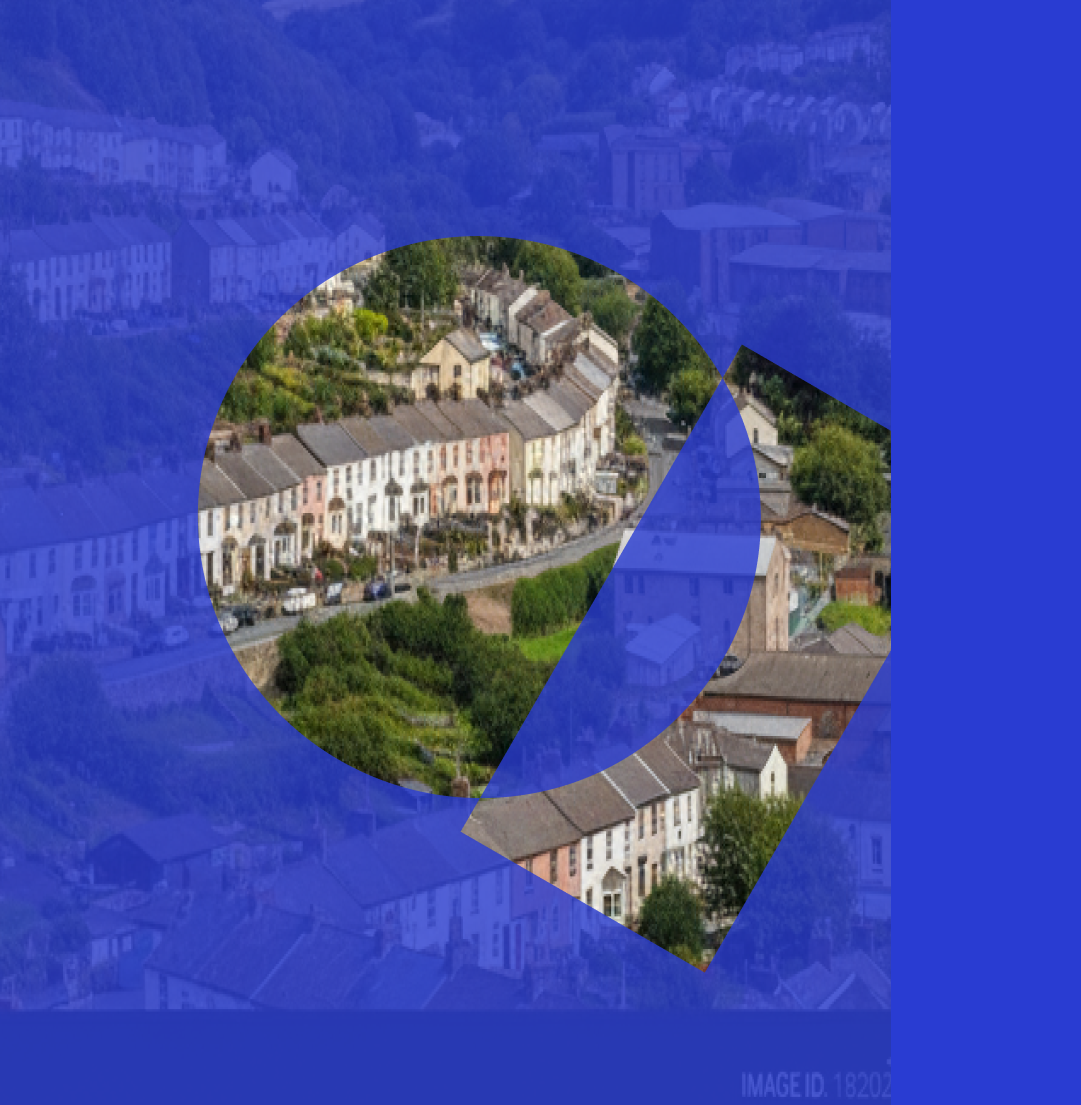Hi there and welcome to the first of what will be a monthly piece from me. As the Founder & CEO of AppyWay I’ve seen and heard it all when it comes to the kerbside so I’m keen to share with you the industry’s latest thinking and insights, drawing on the expertise of special guests along the way.
When I started AppyParking, now AppyWay, I set out to help make parking forgettable. I always knew that the source of good data to achieve this had to originate from the gatekeepers of the kerb, local authorities. On my quest for forgettable parking I found that UK authorities had barely any spatial maps, intuitive software and incentives to keep this data fresh and ingestible. Authorities, through no fault of their own, are stuck with an analogue process that hasn’t changed since the 80’s and that has resulted in an infinite loop of inefficient management practices and parking control through costly enforcement.

Councils are now faced with a barrage of new mobility demands as well as being tasked with tackling local air quality and sustainability goals, and supporting multinational net-zero targets. This outdated analogue public sector function has caused a bottleneck for most councils as they try to better understand their kerbside assets without any meaningful, up-to-date kerbside data.
Over the next couple of blogs I’ll discuss the complex nature of the kerbside and why changes are so desperately needed.
So park yourself somewhere comfortable as I take you on this traffic order journey…
The kerb crunch
Traffic orders, traffic regulation orders or traffic management orders are arguably one of the most important tools a council has for managing their kerbside. Under the Road Traffic Act 1984, traffic orders provide councils with the power to restrict kerbside access. Whilst the name of the act suggests that traffic orders are a tool solely for restricting activities, I’ve always viewed them as a great enabler for towns and cities.
Today 8 in 10 households have more than one car compared to the 80’s where this figure stood at just 15% and now we all have a computer in our pocket capable of ordering anything to our home or business with the touch of a button. Whether it’s parked privately owned cars, taxis, groceries, and online shopping, or services like plumbers and electricians, the kerb is seeing unprecedented activity further compounded by the rapid introduction of micro-mobility like dockless bikes and eScooters. This is creating a poor city experience where councils play legislation catch up and drivers navigate confusing restrictions in hopes of not receiving a fine.
AppyWay has the pleasure of helping authorities on their path to managing traffic orders in a way that is fit for the future of our streets. This path, this mission though, is filled with ongoing complexities but AppyWay together with our local authority partners are working hard to navigate this road with the shared goal to create more liveable, sustainable towns and cities.
All paper and no data
Underpinning this complex mission is the analogue nature with which many authorities across the UK manage their traffic orders and their traffic order data. A sizable number of authorities have their traffic orders in a text or paper-based format, or sat within a very dated software solution. This has left important traffic order data languishing in filing cabinets or on outdated computers up and down the country, locked away, illegible, and massively under utilised.
This lack of digitised, standardised and machine-readable traffic order data creates a raft of issues including lengthy traffic order processing times, duplication of work between traffic team members and across multiple council teams, discrepancies between what’s on paper and what’s on street, confusing public consultations, and crucially an inability to share traffic order data internally and externally.
Through improved traffic order management and open data fleets and shared-mobility alike are able to navigate cities better, leaving less congestion and emissions in their wake, and drivers can be discouraged from making short trips, allowing active travel to flourish. But in their current state authorities are unable to reach this nirvana of traffic order management. Instead, as I have mentioned previously, many authorities are in a position where kerbside trends move at one pace and legislation moves at another.
A recent example of this is eScooters. eScooter providers turned fairly quickly to the UK market after their debut in the USA but councils were ill-equipped to manage the roll-out of these dockless scooters. So to mitigate any problems many local authorities put a blanket ban on their introduction until traffic order changes could be made to accommodate kerb space for the parking of scooters and geofences could be created to prevent bad parking. This resulted in the UK being two years behind the rollout in North America and Europe.
Digitised traffic orders can and will enable local authorities to be proactive rather than reactive, allowing new and emerging transport trends to “plug and play” with councils acting as the data gatekeeper for everything that happens at the kerbside.
New order on the horizon
The DfT and local governments are very aware of the need to do things differently but the incentives have just not been there to encourage authorities to digitise their traffic orders.
Authorities also struggle with the often costly nature of implementing traffic orders including the very outdated practice of consulting on orders through local newspapers. Some councils are also feeling the pressures of covid, budget cuts and understaffing resulting in digital transformation being put on the back burner and creating a barrier to making meaningful change.
I want to stress that things are certainly not all doom and gloom, change is definitely on the horizon and local governments are beginning to understand that things can be done better. Authorities have to go on this journey – digitise their kerbside assets, connect digital kerbs to vehicles and unlock optimisation benefits across their entire transport network, enabling better access to their towns and cities, and better engagement with residents and businesses.
From my conversations with local authorities and the DfT it’s evident that so many are willing and eager to start their journey towards transforming traffic orders. In fact we’re working with a number of innovative authorities who are already reaping the benefits of managing their orders in a digitised, standardised and more streamlined way via our Traffic suite. But more on that in a later blog!
In my next article I want to take us on a deep dive into digitisation and standardisation so please watch this space.
Best, Dan Hubert





